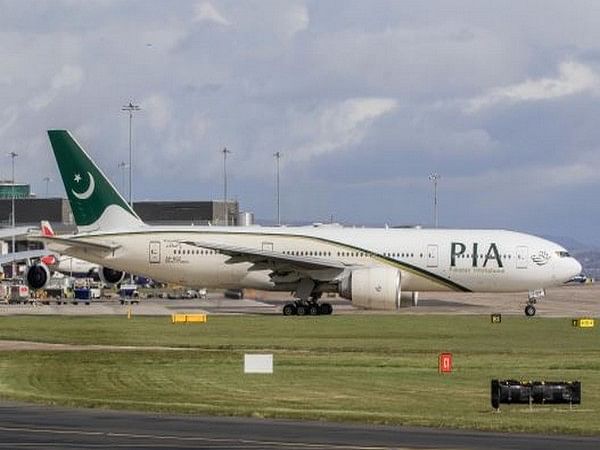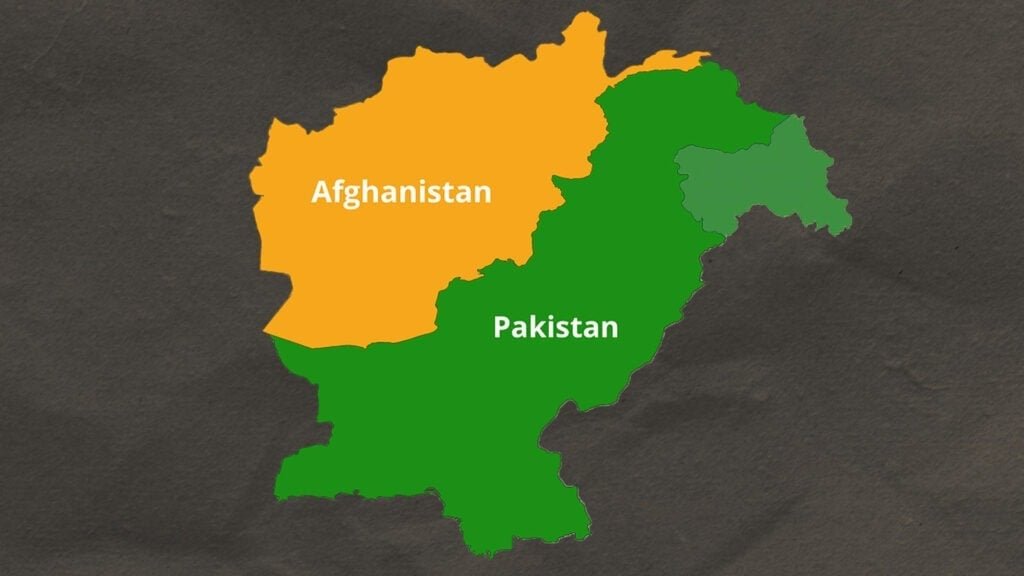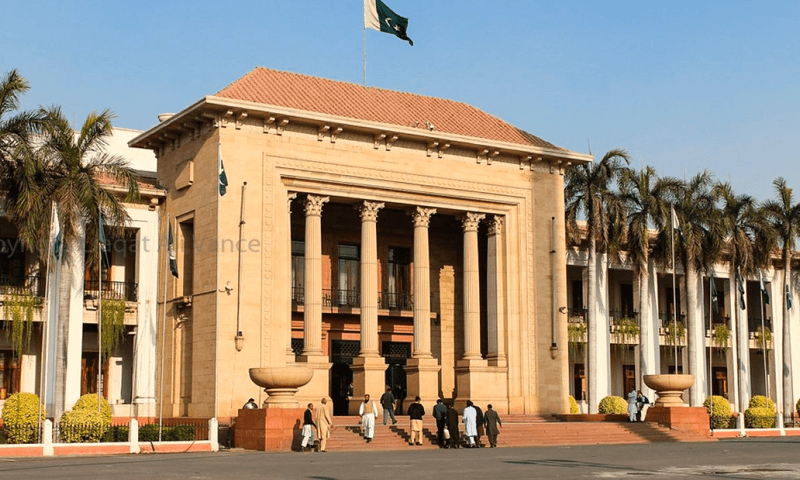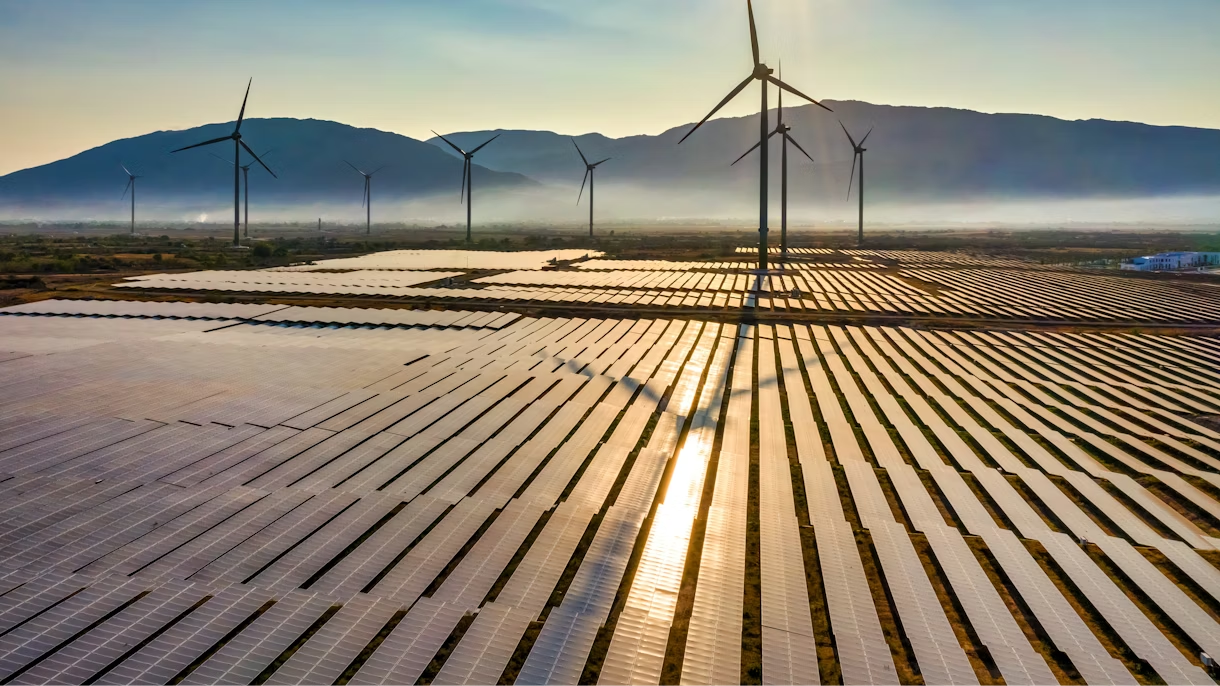Arshad Mahmood Awan
The recent arrival of Chinese Foreign Minister Wang Yi in Islamabad for the sixth China-Pakistan Strategic Dialogue underscores the continuity of one of Pakistan’s most significant bilateral partnerships. The event, co-chaired by Deputy Prime Minister and Foreign Minister Ishaq Dar, comes at a crucial juncture when Pakistan is grappling with economic vulnerability, regional instability, and pressing governance challenges. For Pakistan, this dialogue is not merely ceremonial diplomacy; it reflects a strategic necessity embedded in trade, security, and regional development.
Pakistan and China have long shared what is often termed an “all-weather friendship.” Yet, such rhetoric must be assessed in light of structural realities. China remains Pakistan’s most dependable economic partner in infrastructure and energy, particularly through the China-Pakistan Economic Corridor (CPEC). With the official launch of CPEC-II expected during Prime Minister Shehbaz Sharif’s upcoming visit to Beijing, Pakistan stands at the threshold of industrial cooperation, artificial intelligence integration, agricultural modernization, and skill development in hospitality and engineering. This transition, if managed prudently, can help Pakistan shift from infrastructure-led growth toward sustainable industrial capacity and employment generation.
Beyond economics, the dialogue is deeply tied to Pakistan’s security calculus. The trilateral meeting in Kabul between Pakistan, China, and Afghanistan highlights the urgency of counterterrorism cooperation and regional stability. With Afghanistan’s fragile situation spilling over into Pakistan’s western borders, China’s engagement provides Islamabad with both diplomatic backing and strategic leverage. The reaffirmation of joint efforts against terrorism and drug trafficking illustrates that Pakistan cannot isolate its security challenges from broader regional dynamics.
Equally important is the geopolitical weight of this engagement. At a time when Pakistan’s relations with Western powers are strained and India continues to expand its regional influence, China offers Islamabad a counterbalancing anchor. Participation in multilateral platforms like the Shanghai Cooperation Organisation (SCO) — where Pakistan will soon engage with leaders such as Xi Jinping and Vladimir Putin — adds further diplomatic capital. These forums allow Pakistan to integrate into broader Eurasian economic and security frameworks, reducing reliance on volatile Western financial institutions and strategic pressures.
The Strategic Dialogue also carries lessons for Pakistan’s internal governance. While Chinese cooperation offers economic and technological opportunities, the ultimate test lies in Pakistan’s institutional capacity to absorb and implement reforms. Merely signing agreements on artificial intelligence or agriculture will not yield results unless Pakistan invests in education, research, and governance reforms that enable practical outcomes. Without strengthening institutional delivery, Pakistan risks turning CPEC-II into another missed opportunity, plagued by bureaucratic inertia and short-term political maneuvering.
In conclusion, the sixth China-Pakistan Strategic Dialogue is far more than a diplomatic ritual. It represents Pakistan’s strategic compass at a time of economic crisis and regional volatility. For Islamabad, it is imperative to leverage this partnership not only to secure financial flows and infrastructure projects but also to embed long-term reforms in governance, education, and industrial growth. China may provide the resources and frameworks, but the responsibility to convert them into national progress lies squarely with Pakistan. If seized wisely, this partnership can transform Pakistan from a reactive state into a proactive player in regional politics.















